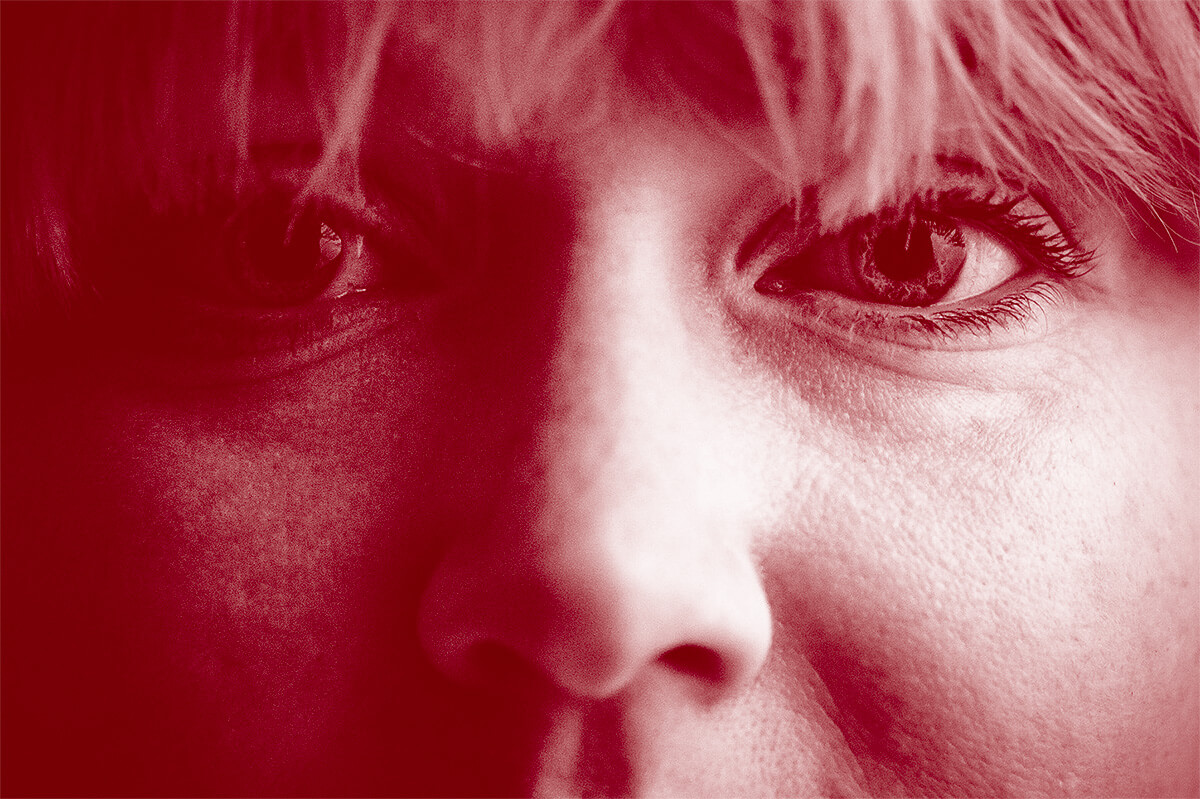 In a recent survey, the National Rosacea Society asked how long rosacea patients gave a new product or treatment to work before giving up on it. Over 75% said within a month, and more than half said two weeks or less. While our culture offers many opportunities for instant gratification, unfortunately the management of rosacea is not one of them.
In a recent survey, the National Rosacea Society asked how long rosacea patients gave a new product or treatment to work before giving up on it. Over 75% said within a month, and more than half said two weeks or less. While our culture offers many opportunities for instant gratification, unfortunately the management of rosacea is not one of them.
Dr. Julie Harper, president and owner of the Dermatology and Skin Care Center of Birmingham and a member of the NRS medical advisory board, says, “Patients should give any new treatment at least 12 weeks to do its job.”
Rosacea is a chronic inflammatory condition. While topical treatments like oxymetazoline or brimonidine can reduce redness quickly, Dr. Harper noted that therapies targeting systemic inflammation to reduce bumps, pimples and ocular symptoms take much longer to work. Even with treatment and the avoidance of triggers, the underlying disease process will still be present, so managing the condition must be ongoing — which is why it’s worth giving any new treatment a full 12 weeks to work before making any changes.
If keeping flare ups to a minimum is your goal, there are things you can do to when starting a new treatment:
Give it time. Rosacea is a chronic condition that won’t go away overnight. Expect to spend some time finding the right treatment plan — it could take months — and give any new treatment plenty of time to work. While redness might go away more quickly than bumps and ocular symptoms, keep in mind that what works for one patient may not for another, and it may be a process of trial and error to find the right therapeutic combination for your individual case.
Be honest with your healthcare provider. No one is a mind reader, and physicians want to help their patients find a treatment regimen that improves their rosacea and works with their lifestyle. If you struggle to stay organized and taking an oral prescription seems challenging, tell your doctor. If you prefer the idea of swallowing a pill every day, and putting lotions on your face isn’t your thing, say so. There are a variety of treatment options available and your dermatologist can work with you to find the right one.
Track your progress. When you’re used to looking at yourself in the mirror every day, it may be challenging to see incremental changes and you may get discouraged if improvement isn’t linear — and it often isn’t. Take close-up pictures at regular intervals to track your progress. Stand in the same place at the same time of day and make sure you have good lighting. Even if you cringe at the thought, count the bumps and pimples. While they may not go away all at once, it may help your motivation to quantify the improvement.
Stay consistent. Only using medications during flare-ups is insufficient to combat rosacea. It’s much easier to keep your skin clear than to get it back under control, as the underlying disease process will still be there. Use your gentle cleansing routine, sun protection, trigger avoidance and therapeutic regimen every single day. Dr. Harper suggests patients ask themselves, “How many weeks am I willing to flare back up in exchange for having a period of time when I’m not taking medication every day?”